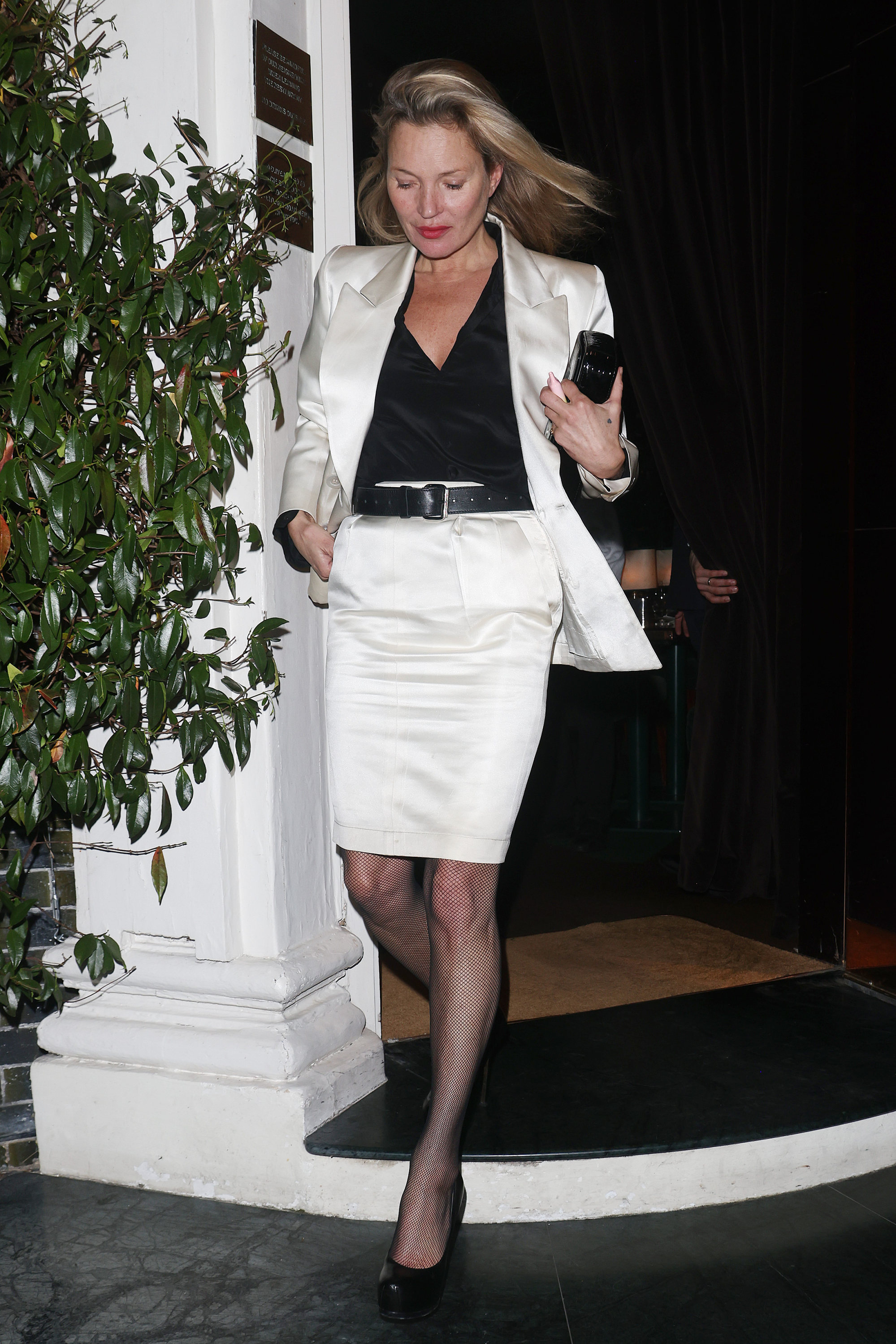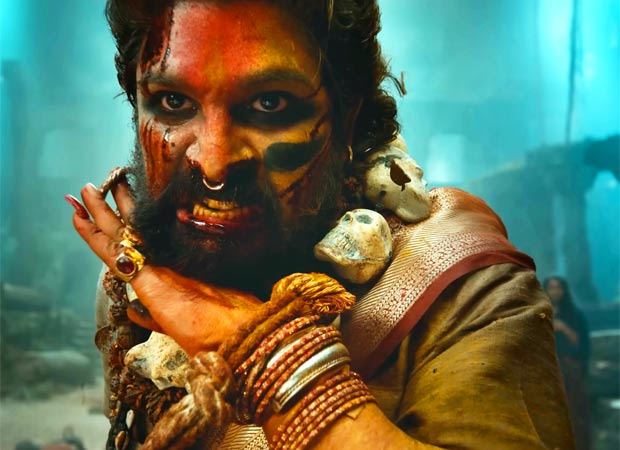Tailored skirts, skinny glasses, white shirts and loafers may sound like boring staples you need for a conventional office job. Gen Z, however, has pivoted these basic pieces to tap into a new trend known as “corporate sleaze”.
By doing things like shortening skirts, unbuttoning shirts and adding in pairs of sheer knee-high socks, traditional pieces have been given a sexy makeover in the latest aesthetic to become a viral TikTok trend.
A relative of “indie sleaze”, which was popular from around 2008 to 2014, corporate sleaze grew from 2023 catwalk shows that saw designers add dimension to the “quiet luxury” trend by giving minimalist pieces a more figure-hugging silhouette, resulting in a look dubbed the “office siren”. The fusion of these two aesthetics created corporate sleaze.
Fashion model Bella Hadid was an early adopter of the style, with her two most notable looks being a micro-mini grey skirt suit teamed with platform Gucci loafers; and a more relaxed interpretation incorporating a striped, unbuttoned shirt, grey tailored trousers and a slim-fit leather blazer.
She topped off both outfits by keeping her make-up natural and wearing skinny wire-framed glasses.
Movie star Jennifer Lawrence and supermodel Kate Moss have also both been seen sporting the look.
TikTok users are going one step further by wearing buttoned-up shirts with ties, and styling them with oversized trousers for a more contemporary edge.
The sudden popularity of this look is down to how simple and affordable it is to create. Most people already have the key pieces in their wardrobes, and anything missing can easily be picked up at second-hand stores or on resale platforms.
Blazers in slimmer, cinched silhouettes are a staple of the look, and “low-rise, boot-cut or slim, tailored trousers also emerge alongside pencil skirts and are styled with shirts or more casual jersey tops,” says Sofia Martellini, the womenswear senior strategist at trend forecaster WGSN.
The trend’s colour palette is unsurprisingly muted and avoids anything vibrant or patterned, Martellini says.
“The colour card is very neutral-based, with grey, black, white and brown being the most prominent to evoke the ‘office’ feeling.”

Although these shades may lean dull, the tighter fit and shorter hemlines keep looks elevated and feminine.
But with remote working now the norm and dress codes becoming ever more casual in real office settings, why has corporate sleaze struck a chord with Gen Z – especially those who have not even entered the workforce yet?
“A lot of the current trends we see, especially for younger generations, are caused especially by sentiments of nostalgia and anemoia – nostalgia for a time you haven’t lived through,” Martellini says.
On social media, many inspiration posts refer to Rachel Green in Friends and characters from The Devil Wears Prada as embodiments of the look.
“They are visual representations of the fashion of the time – wearable fashion, not something super conceptual – that people have easy and constant access to, through the internet,” Martellini says.
Millennials will remember when business casual became de rigueur for everything from the morning commute to after-work drinks. Before the pandemic, when you got dressed to go to the office, the possibility of whether you would go out after work affected your outfit choice.
TV and movies from the 1990s and 2000s reflected this lifestyle and are now the perfect reference for Gen Z looking to recreate this aesthetic, albeit through the lenses of their viral bayonetta glasses.
In many ways, Gen Z and younger millennials are rewriting dress codes for the office. For younger fashion lovers, this trend is less about conforming to the office uniform and more about taking what was traditionally a restrictive dress code and giving it a rebellious feel.
Will we actually see this modernised take on workwear in the office? Martellini predicts that corporate sleaze will become more common among young professionals.
“While not every Gen Z will dress sexy for the workplace, generally speaking they are subverting office-wear codes and bringing more relaxed, less strict silhouettes and outfits.”



:quality(85):upscale()/2024/11/20/004/n/3019466/38e97977673e6b7c621b46.65981963_.png)



